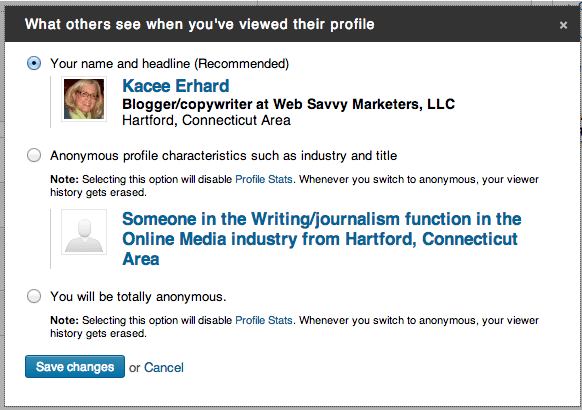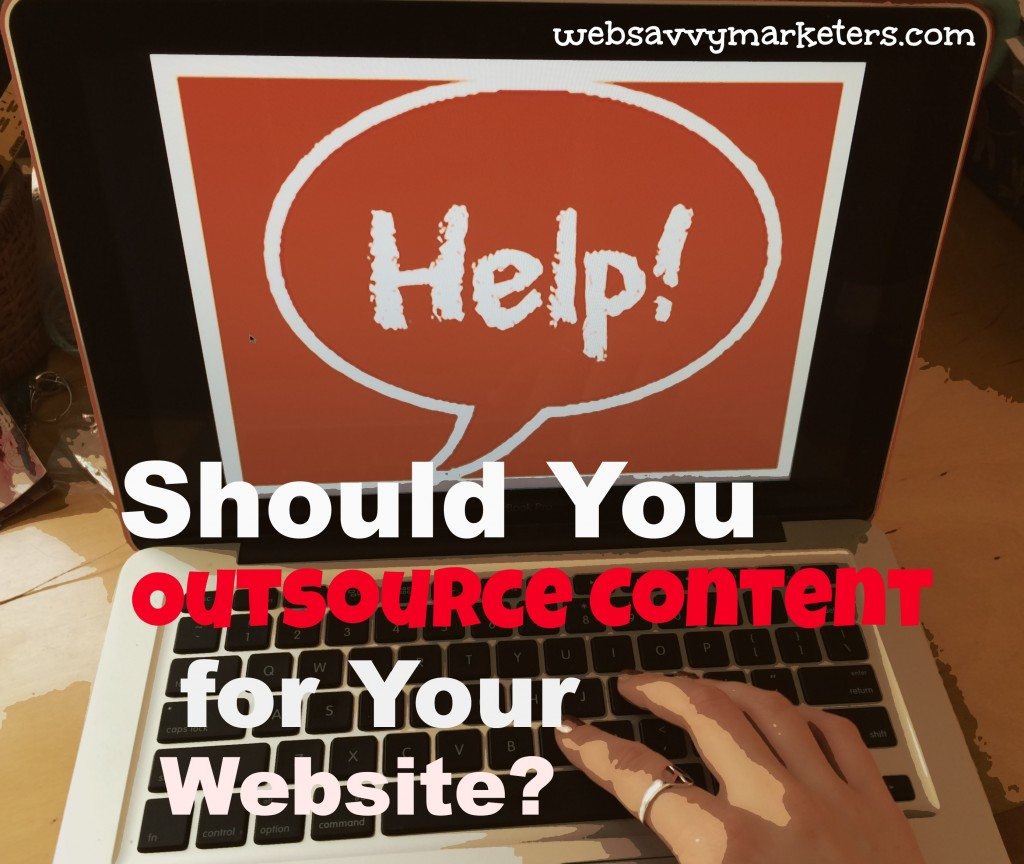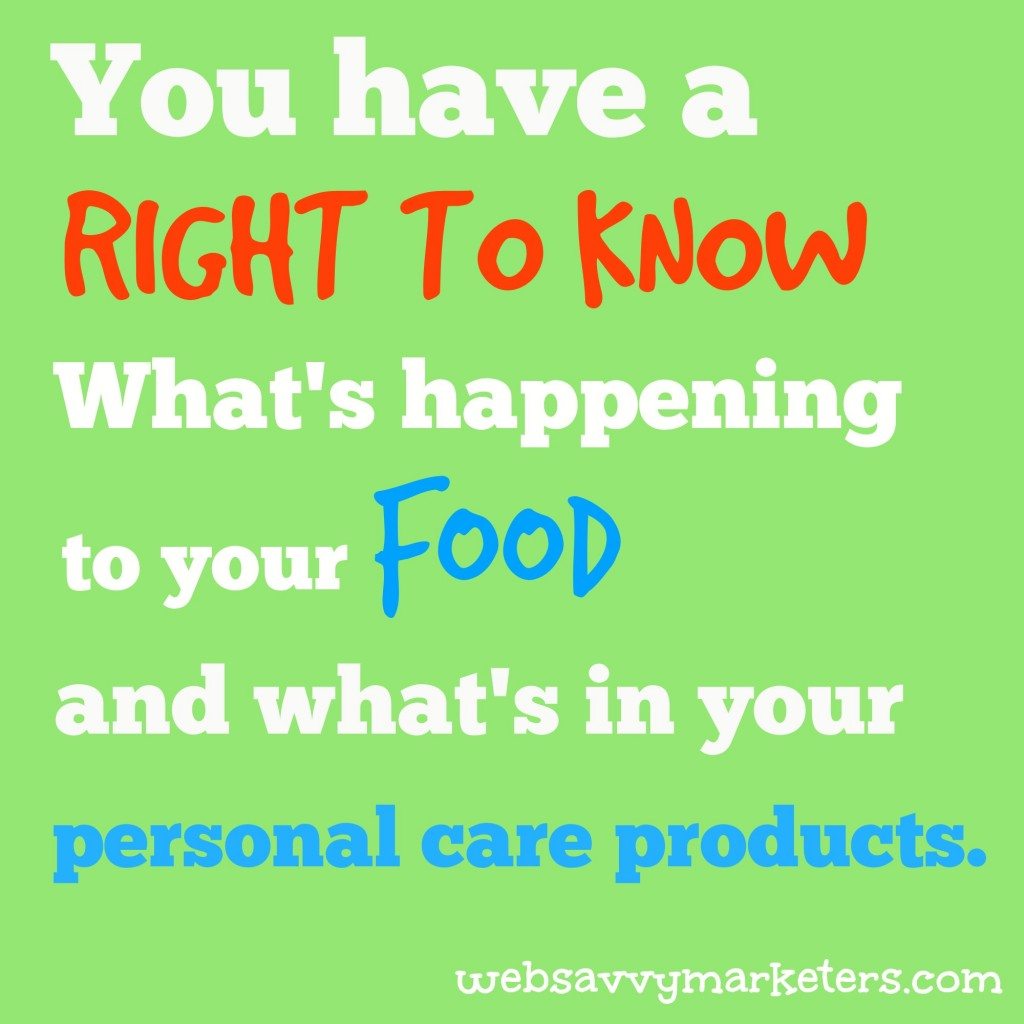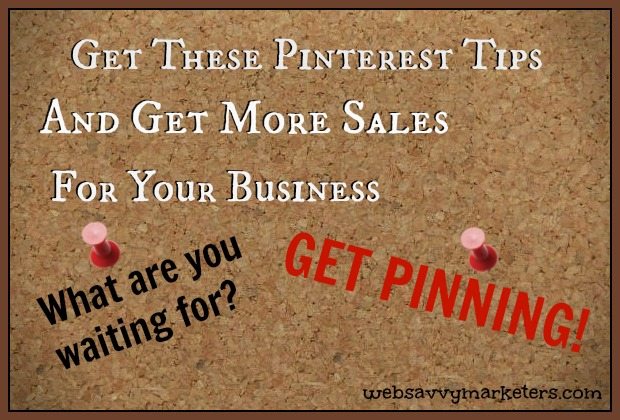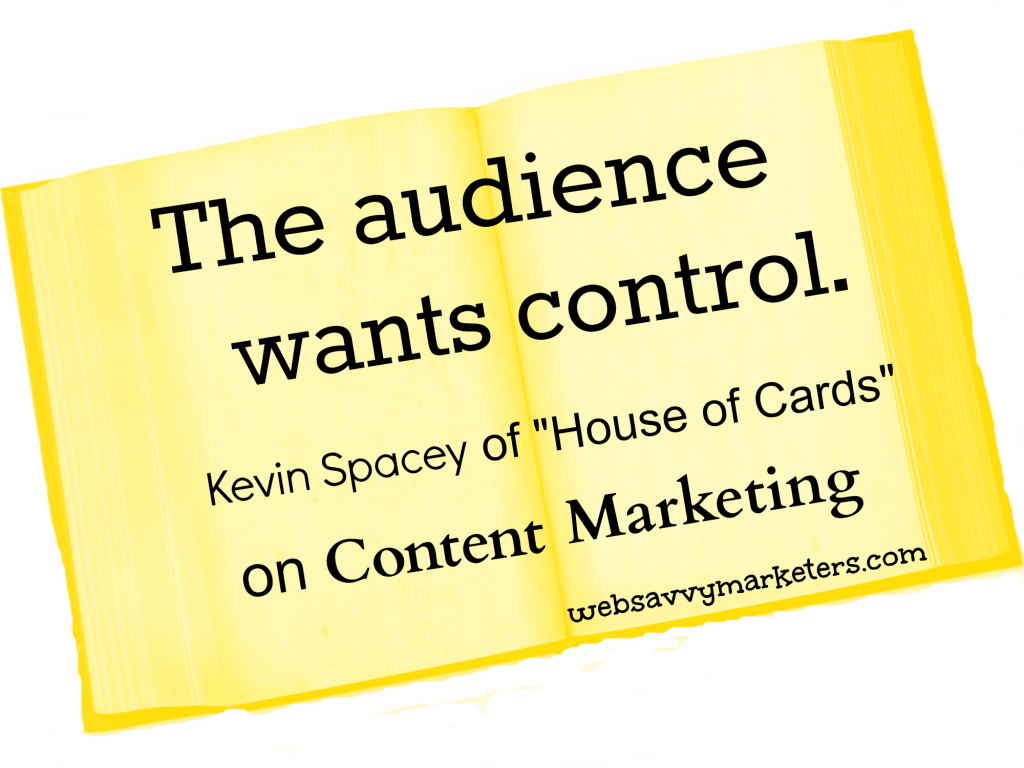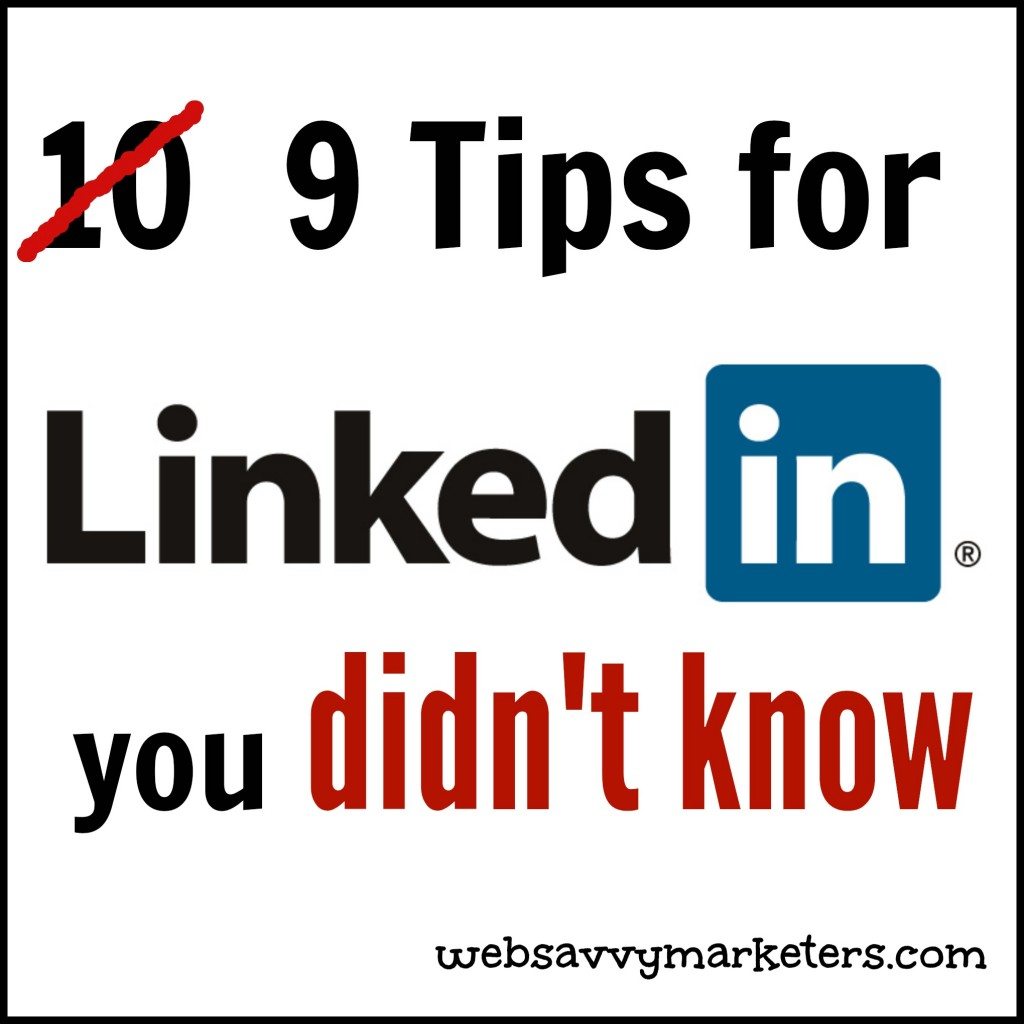 For B2B marketing, LinkedIn is the preferred social media channel for 26% of respondents in a BtoB survey. More than 90% of B2B companies in North America use LinkedIn.
For B2B marketing, LinkedIn is the preferred social media channel for 26% of respondents in a BtoB survey. More than 90% of B2B companies in North America use LinkedIn.
It’s no surprise that LinkedIn drives the most traffic to corporate websites compared to other social media, and it offers a great way to connect with other people in your industry through its groups and personal email.
Check out these 9 tips for LinkedIn to help you master the most popular professional social network.
1. Resume Builder
Need a resume in a hurry? In a matter of seconds, you take take your LinkedIn profile and turn it into a resume using LinkedIn’s resume builder.
You can select which sections from your profile to use, so you’ll need to fine tune the ones you’re choosing. Once you’ve completed your resume, it’s printable as a PDF and has its own custom link for easy sharing.
2. Custom URL
Even easier than resume builder is creating your custom LinkedIn URL. Your current URL will be changed to look like this: www.linkedin.com/in/yourname.
Your new vanity URL is easier to share and looks more professional without a rambling list of digits at the end.
3. Pulse
Want to know the most popular articles shared on LinkedIn? You can access Pulse directly from your LinkedIn page by clicking on interests. The top articles are broken down into “your news,” which is based on who you follow, “influencer posts,” where you can choose channels of interest to follow, and “all influencers,” “all channels,” and “all publishers.”
If you sign up for email notifications, you will get instantly notified when the influencers you chose to follow post something new. Sign in here to update your email options.
4. Trending Content
The topics and content that are currently being shared and discussed on LinkedIn are grouped into ten trending categories in LinkedIn’s Trending Content.
By bookmarking this as part of your industry check list, you can monitor the top content in these topic and audience segments. You can use this for ideas on creating blog posts and other marketing content, as well as tailoring content targeted for LinkedIn’s audience, as you’ll see below.
5. Publishing Platform
If you are looking for another way to contribute to LinkedIn, check out the new Publishing Platform. It’s slowly being rolled out, but if you’re interested in adding your expertise and building your brand, there’s a short form you can fill out now to request access.
This is in addition to the more important effort of writing content for your own blog. Platforms change and although you own the content, it’s like you’re renting space from LinkedIn.
6. Groups
The Interests drop-down menu shows you the groups you’ve joined. You can join up to 50 groups, which will improve your visibility, as well as allow you to search for and contact other members.
You can choose to receive email notifications of discussions within each group by following the same steps in #7 below, except click on “your settings” instead of “group statistics.”
7. Group Statistics
Want to know more about a group before joining? You can check out the group statistics by first clicking on a group, then clicking on the small letter “i” in the upper right.
The information box drops down to show the “about” category. Click on “group statistics” to see its demographics, growth, and activity.
8. Who’s Viewed Your Profile (a.k.a. “Creeper Feature”)
You’ve probably been alerted to this feature with flagged notices in your account. Have you wondered how people view your account without giving away their identity?
Go into your settings (by clicking on your profile photo) and click “select what others see when viewing your profile.”
You have three options, with the totally anonymous option being the super creeper-feature. Remember, by allowing others to see if you’ve viewed their profile, you’re letting them know you’re interested and a resulting connection might occur.
This feature is changing and will have more in-depth information, such as a profile view data chart showing which weeks you received the most profile views and further breakdowns on who your viewers are.
Look for this new set-up which will eventually be offered to more LinkedIn accounts.
9. Showcase Pages
In addition to LinkedIn Company Pages, there are now Showcase Pages. These are pages focused on different brand aspects or products, allowing a business to create relationships based on the right community.
If you’re interested in only a particular aspect of a company, you can choose to follow only that showcase page. Like a LinkedIn company page, you can click the follow button to see their future updates in your home feed.
If you know of other tips, share them in the comments!
